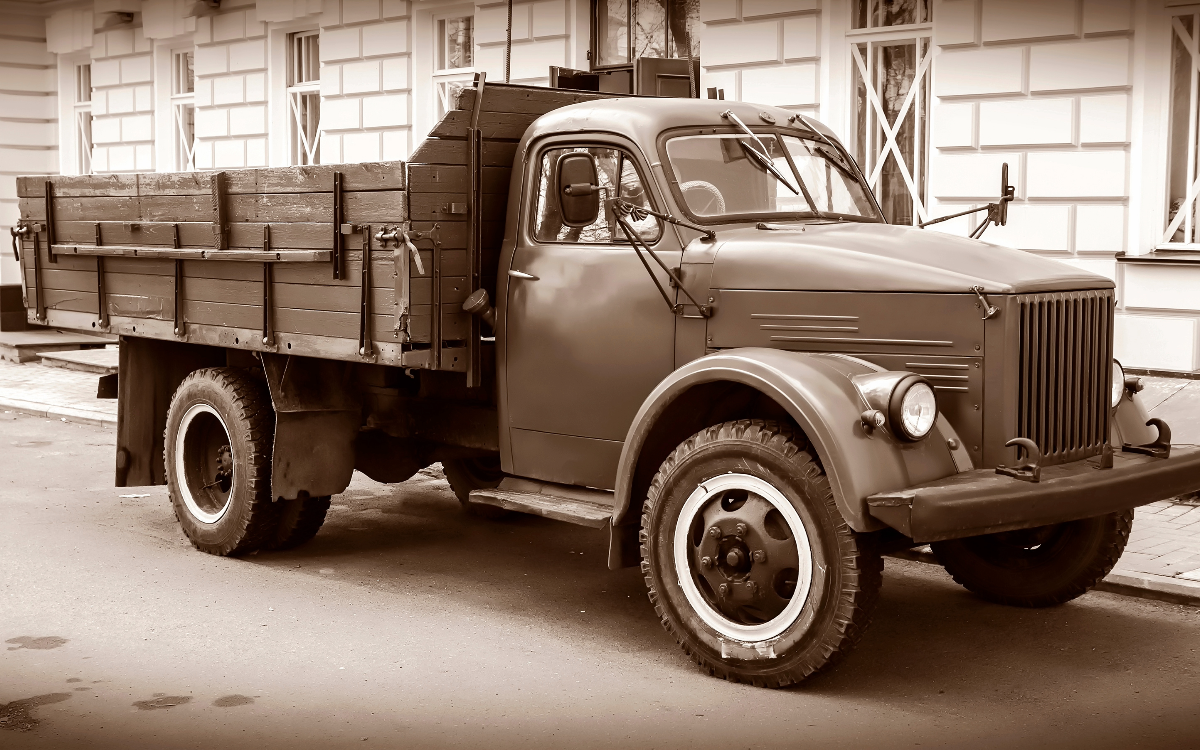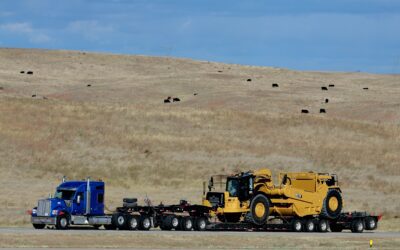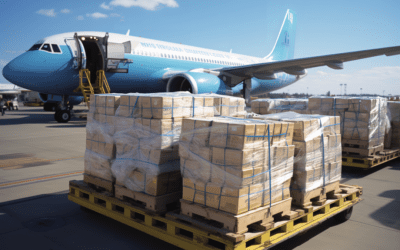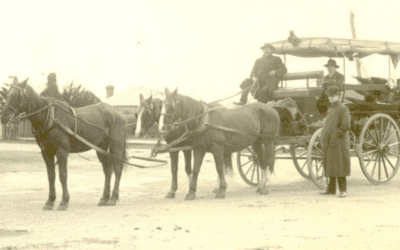The history and evolution of FTL and LTL have been a vital part of the transportation industry for centuries, adapting to each industry trend. But before there was trucking, rail freight transportation was the most common way to ship items. It was only until World War I that trucks started being utilized.
FTL and LTL were at the forefront of history and have completely revolutionized how freight is moved. Big-box stores and tech advancements turned trucking into a dominant freight industry force in recent decades. According to American Trucking Associations, FTL and LTL have remained one of the most used transportation modes, accounting for 80% of all freight transportation in the United States.
During the COVID-19 pandemic, these two transportation modes faced a surge in demand. While much of our economy relies on FTL and LTL, it’s important to understand where it started and the future of the trucking industry.
History of LTL
Here’s a brief timeline of the history of LTL:
- 1900s: LTL trucking began to emerge as a viable alternative to railroads.
- 1935: The Motor Carrier Act of 1935 regulates the trucking industry.
- 1950s: Further development for interstate highways provides a major boost to the LTL trucking industry.
- 1980s: 30 years after, the deregulation of the trucking industry created increased competition in the LTL market.
- 1990s and 2000s: the growth of the economy and eCommerce market drives growth in the LTL trucking industry.
In the early 1900s, LTL shipping started as small companies aiding freight shippers with smaller goods transportation. With more flexible and affordable services than railroads, individuals saw a booming business to benefit from.
Fast forward to a couple of years when the Motor Carrier Act of 1935 put regulations on the trucking industry. The Act required carriers to obtain a certificate of public convenience and necessity from the Interstate Commerce Commission (ICC).
The ICC already regulated the railroads and wanted trucking to be more regulated because, during the Great Depression, more businesses in the trucking industry were failing. During this period, businesses were struggling to make ends meet. However, the trucking industry started favoring the ICC restrictions that were set.
The trucking industry continued growing after the Motor Carrier Act, and the industry benefited as a whole. The development of new technologies and the increasing demand for goods and services opened new doors for diesel engines and the interstate highway system.

History of FTL
The 1900s is when transportation was seen as a benefit to many companies. In the earlier 20th century, construction for interstates was a top priority for the U.S. and completely revolutionized FTL shipping.
However, by 1950, there was rapid development of the first dedicated FTL trucking companies. These companies specifically specialized in large volumes of freight and transporting them over long distances, leading to a more viable option for many businesses.
Further development for FTL shipping includes the development of the Interstate Highway System, also known as the Dwight D. Eisenhower National System of Interstate and Defense Highways.
The intention of the Interstate Highway System was to have a better network of controlled-access highways and ultimately form part of the National Highway System in the U.S. In 1992, the construction of the original Interstate Highway System was officially complete, costing approximately $558 billion.
LTL Trends
The LTL market has undergone a significant transformation in response to changes in how goods are transported from production to consumers. With outdated processes in the shipping industry, there were opportunities for improvement.
In 2020, the eCommerce world faced a huge spike in projects, and the demand and popularity of LTL freight lines drastically grew. With a spike in eCommerce, more individual shippers took advantage of becoming more knowledgeable about this shipping model.
While this type of transportation has been around for decades, individuals began to see the importance of LTL and how it could positively affect their businesses.
Innovative technology and more efficient capacity demand balancing also had a positive impact on LTL freight.
While some companies have had setbacks or closures due to the rapid increase in demand for LTL transportation, many have utilized tools to unlock new growth within their services.
FTL Trends
Sometimes, the shipping industry earns a reputation for sticking to traditional methods. This leads to many shippers being bound by outdated and manual processes. However, businesses are actively investing in technology to enhance efficiency and transparency. New innovation includes fleet telematics solutions, blockchains, and artificial intelligence (AI).
The increase in demand for FTL services is the driving growth for the market. Many companies are opting to outsource their logistic services in order to reduce their operational costs. By outsourcing these services, manufacturers can support the demand for transporting raw materials to distributors.

Future & Evolution of FTL and LTL
While nobody is certain about what’s in store for the future of FTL and LTL, market projects and industry trends see a positive future for both modes. With the evolution of technological advancements, such as the use of freight transport tracking and predictive analytics or the possibility of self-driving trucks the future of these modes is bright.
According to industry reports, the LTL segment will likely benefit from eCommerce if the industry continues to grow at a consistent pace. Simply put, the LTL volume growth will mirror increases in consumer spending, domestic manufacturing, and foreign trade. As for FTL, the growth of the market will depend on factors, including tightening the truckload market and automation in warehousing.
Understanding fast-growing segments within FTL and LTL can also give insights into the future of these modes. Studies show that the fastest-growing segment in LTL is oil and gas, mining, and quarrying. Crude production is expected to reach a record high of 13 million barrels per day this year. The fastest-growing segment within FTL is agriculture, fishing, forestry, and manufacturing.
In 2021 the FTL and LTL market revenue was worth $13.15 billion and is expected to reach USD $17.67 billion in 2028. With sustained consumer demand, the market could grow at a 4.3% CAGR from 2021 to 2028.
Final Thoughts
FTL and LTL are vital modes of transportation within the freight industry. Although they’ve faced significant changes throughout the years, it’s likely that these two modes will be around for centuries to come. Regardless of the business need for FTL or LTL, with an increase in technology, businesses can fully understand how to use these types of modes and greatly benefit from them.






